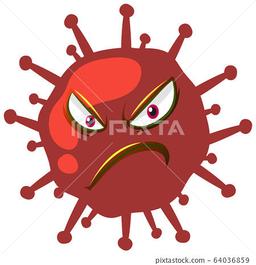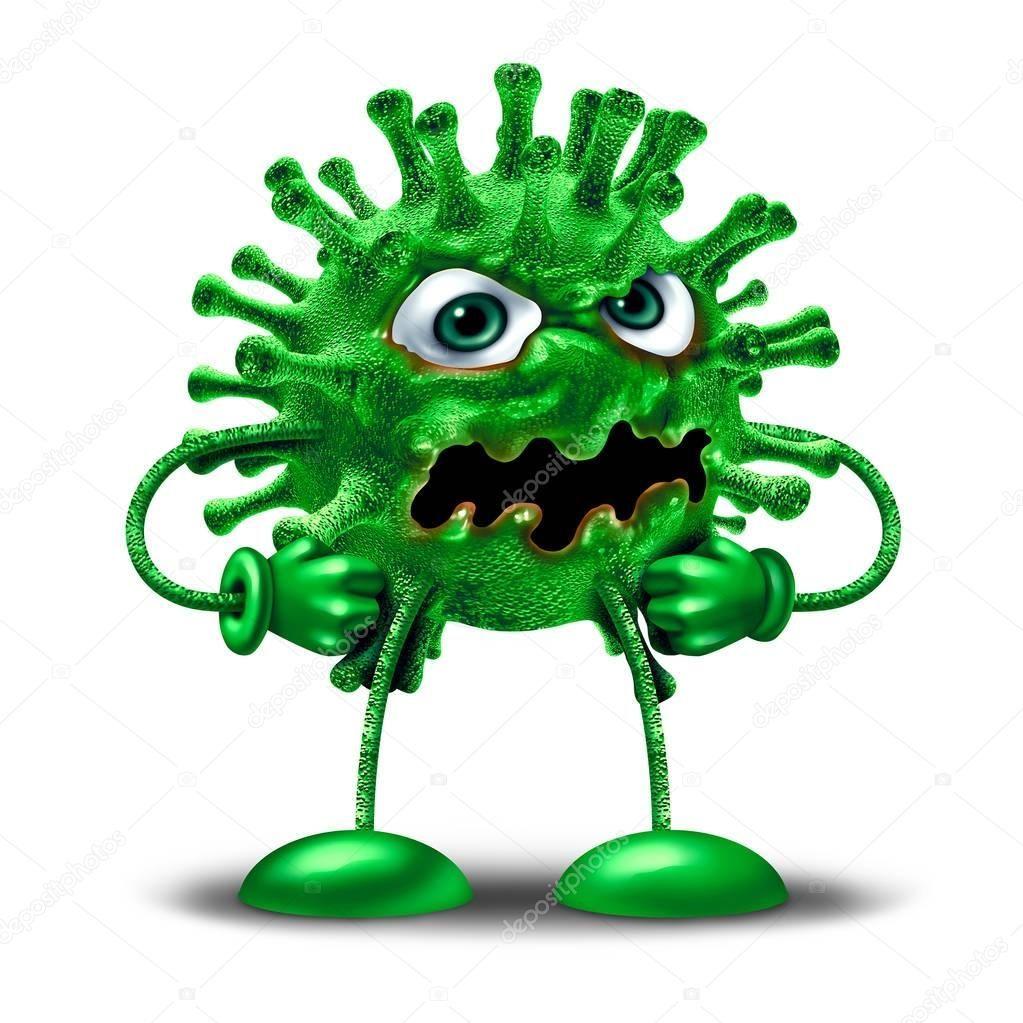
Quick Virus Quiz
Quiz by Nur Aliya
Feel free to use or edit a copy
includes Teacher and Student dashboards
Measure skillsfrom any curriculum
Measure skills
from any curriculum
Tag the questions with any skills you have. Your dashboard will track each student's mastery of each skill.
With a free account, teachers can
- edit the questions
- save a copy for later
- start a class game
- automatically assign follow-up activities based on students’ scores
- assign as homework
- share a link with colleagues
- print as a bubble sheet
10 questions
Show answers
- Q11. A virus consists ofproteins, cell membrane and RNARNA or DNA and a cell membraneRNA onlyRNA or DNA and a protein coat45s
- Q22. How do viruses reproduce?inserting DNA into the host cellsexually, by external fertilizationthey divide by mitosisreplication outside the host45s
- Q33. Which of the following is smallest?Bacteriophagecell membrane proteinbacteriaeukaryote cell45s
- Q44. Retroviruses are different from viruses in that:all of thesethey can become dormantthey are symmetricalThey have RNA instead of DNA45s
- Q55. Vaccines can be used to prevent viral infection by:creating an immune response in the host cellcreating a blocking protein on the celldestroying any viruses that enter the hostpreventing replication of the virus45s
- Q66. Antiviral drugs that are used after infection often prevent:reinfection by other virusesimmune system degradationcell divisionuptake of the virus45s
- Q77. Why do some viruses seem to go away and then return later, like a cold sore?host has been infected with a different strainthe virus had entered the lysogenic cyclethe virus mutatedthe immune system forgot the virus45s
- Q88. Why is it difficult to develop vaccines for retroviruses?RNA mutates more frequently than DNAtheir small size evades the immune systemthe capsid of retroviruses is resistantvaccines can only target blood-borne pathogens45s
- Q99. Viruses are often named by:the animal that carries itwhere they were first discoveredthe scientist who discovered itall of these45s
- Q1010. What happens after the virus has been taken up by the cell?it switches to infectious modeit dividesit inserts into the host DNAit begins making protein45s
